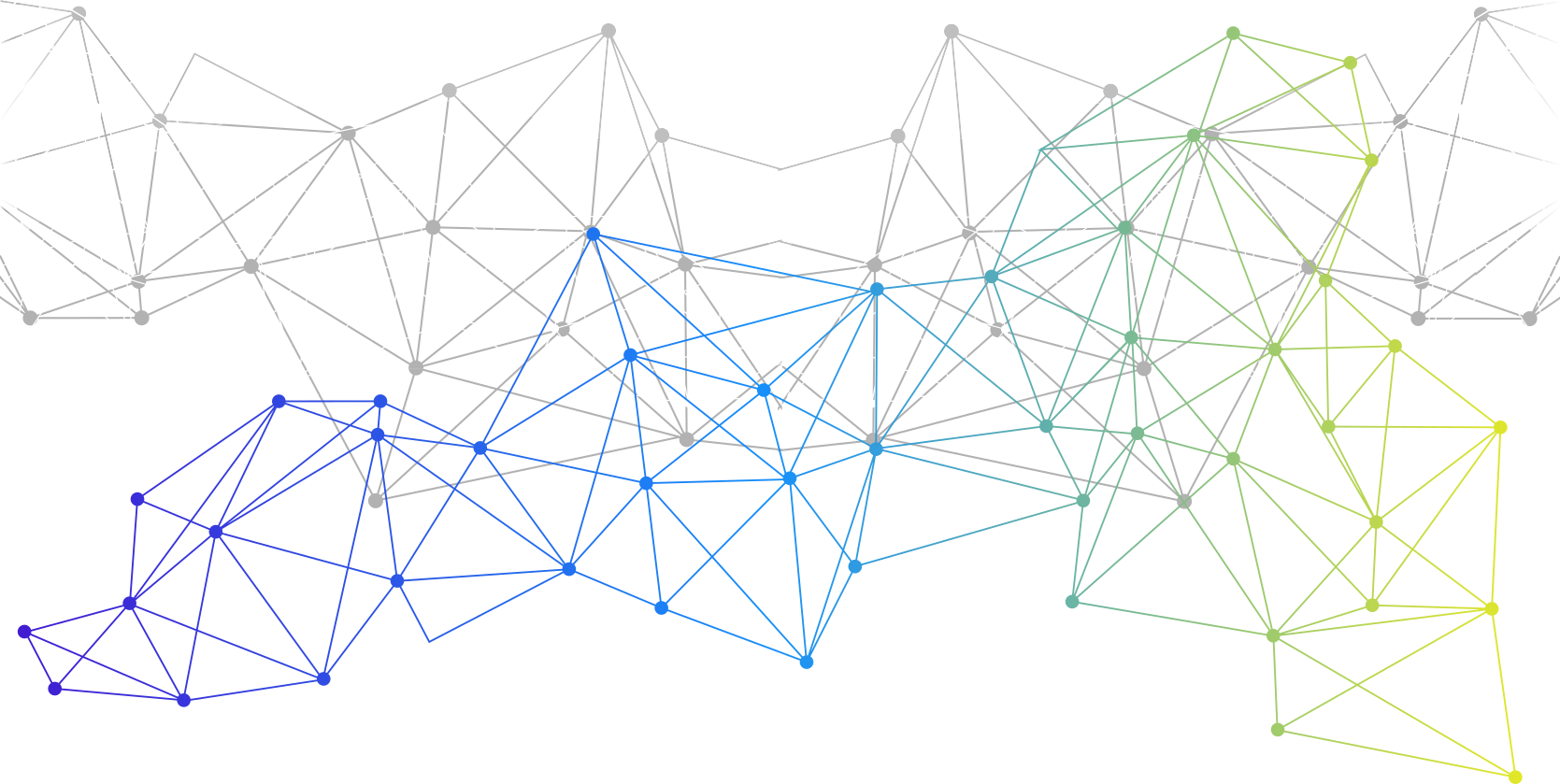I’m excited to introduce this website as a space to share insights, experiences, and ideas at the intersection of healthcare and data science. Throughout my career, I’ve had the opportunity to work with healthcare professionals, researchers, and technology experts to transform data into meaningful insights. Through this blog, I hope to explore the challenges, innovations, and impact of data-driven decision-making in the healthcare sector.
Why Health Data Science Matters
Healthcare generates an immense amount of data—from electronic health records and medical imaging to genomic sequencing and wearable devices. When used effectively, this data has the power to:
- Enhance patient care
- Optimize hospital operations
- Support clinical research
- Shape healthcare policy
However, making sense of this information requires the right tools, methodologies, and expertise. That’s where health data science comes in.
By applying statistical analysis, machine learning, and business intelligence techniques, we can uncover patterns, predict trends, and improve decision-making across the healthcare ecosystem. Whether it’s:
- Streamlining workflows in hospitals
- Developing AI-driven diagnostics
- Assessing the real-world impact of treatments
Data science is reshaping the future of healthcare
What to Expect from This Blog
In this space, I’ll be sharing insights on:
- Real-world applications of data science in healthcare
- Key challenges in working with clinical and biomedical data
- Tools and techniques for health data analysis
- Industry trends, research highlights, and case studies
Key Tools and Techniques in Health Data Science
As a glimpse into the tools and methods that power health data science, here’s a table of commonly used technologies:
| Tool/Technique | Description | Common Use Case |
|---|---|---|
| Python | A versatile programming language widely used for data analysis and machine learning | Processing electronic health records (EHR), predictive modeling, and visualization |
| SQL | A database query language for managing structured health data | Extracting, manipulating, and analyzing health data |
| R | A statistical computing language ideal for biostatistics and data visualization | Analyzing clinical trials, epidemiological studies, and genomic data |
| FHIR (Fast Healthcare Interoperability Resources) | A healthcare data standard for interoperability | Enabling secure data exchange between hospitals and healthcare apps |
Useful Resources and Further Reading
For those interested in diving deeper into health data science, here are some valuable resources to explore:
- Kaggle - Health Data Science Datasets: A platform for finding real-world datasets, including many related to healthcare.
- NIH - National Library of Medicine: A rich source of research articles, datasets, and information on clinical informatics.
- HealthIT.gov: Offers valuable information on the use of technology to improve healthcare delivery.
- PubMed Central: A free archive of biomedical and life sciences literature, a great resource for health-related research.
I intend to contribute to the ongoing conversation on how data science can be used to drive positive change in healthcare. Whether you’re a fellow data scientist, a healthcare professional, or just someone interested in the field, I hope you find value in these discussions.
Thanks for stopping by, and I look forward to sharing this journey with you!
